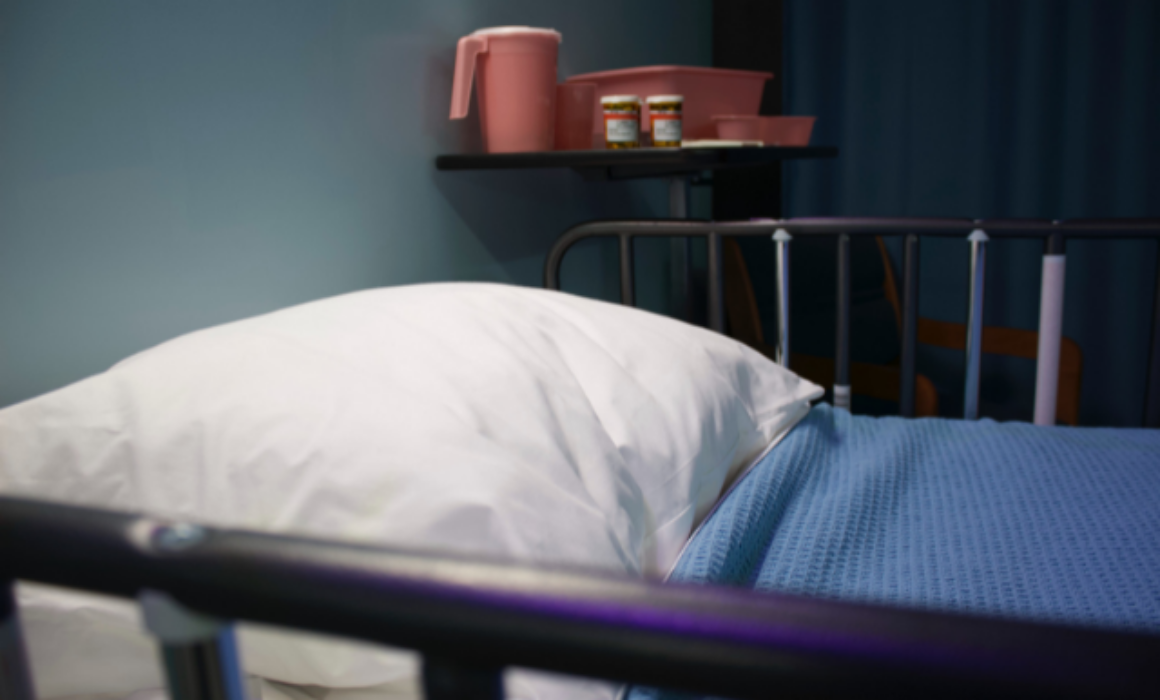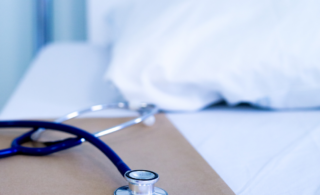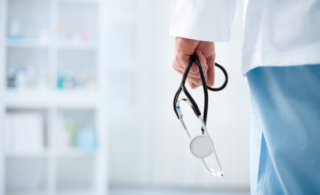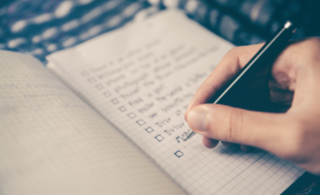
Let's Nail Breast Cancer - Help support our urgent appeal on the 19th - 20th May 2024
Let's Nail Breast Cancer - Help support our urgent appeal on the 19th - 20th May 2024
Let's Nail Breast Cancer - Help support our urgent appeal on the 19th - 20th May 2024
Let's Nail Breast Cancer - Help support our urgent appeal on the 19th - 20th May 2024
Let's Nail Breast Cancer - Help support our urgent appeal on the 19th - 20th May 2024
If your breast cancer has spread to your lymph nodes then you will have some or all of your lymph nodes removed. This might be done during your breast surgery (whether a lumpectomy or mastectomy) or it might be done as a separate surgery. In this article we give you an overview of lymph node removal surgery. It’s written from our experience as patients and we encourage you to talk to your surgeon about your personal situation.
What is a lymph node?
It’s quite common to not know anything about lymph nodes before you hear about them in the context of your breast cancer diagnosis. Essentially the lymphatic system of the body is a system of tubes carrying lymphatic fluid (lymph vessels) and lymph nodes around the body helping to fight off infections. The lymph nodes in the armpits are the gateway between the lymphatic system in the arm and rest of the body. They act as a filter or drain: bacteria, dead cells, cancer cells from your arm and breast area are caught here.
The Cancer Research UK website explains lymph nodes and the lymph system really well.
Why do I need them removed?
Your breast surgeon will want to remove your lymph nodes if cancer cells have been found in them (they will have tested them using an ultra sound scan, a biopsy or a sentinel lymph node biopsy which is where they take a sample of cells in the lymph node and have them tested).
It is important to discuss with your breast consultant how many lymph nodes he/she is planning to remove. Sometimes all lymph nodes are removed from the armpit and sometimes just a few are removed. Whether all or a few are removed in your case is dependent on various factors.
What happens when the lymph nodes are removed?
Here is a basic overview of happens when the lymph nodes are removed:
The lymph nodes in the armpits are the gateway between the lymphatic system in the arm and rest of the body. Lymph vessels leave the nodes, go down the arm, back up the arm to the nodes.
When the lymph nodes are removed, the lymph vessels in the arm don’t have an anchor and they basically shrivel up and disintegrate. This disintegration process takes from a few weeks to a few months. And the shriveled up lymph vessels can harden like guitar strings which limit your movement in that arm – you can’t lift the arm up very far. This is called cording. Cording can also occur in the armpit itself as a result of scar tissue.
Because the lymph vessels are shriveling up and not anchored to the rest of the body’s lymphatic system, the lymph fluid in the arm needs to go somewhere and this is why you have a drain attached to your armpit immediately after surgery. The lymph fluid from the arm goes out of the body via a tube into a bag. This is the drain.
After a few days the drain is removed. This is a very simple procedure which doesn’t hurt and basically involves the tube being taken out and sometimes a stitch where the tube was located.
Lymph node surgery
Lymph node removal can take place at the same time as your breast surgery (whether that is a lumpectomy or mastectomy or other type of surgery). However, it can take place as a stand-alone surgery. Here is an overview of what to expect should you be told you need this surgery:
The surgery
1. You will probably stay overnight or longer in the hospital.
2. A breast surgeon will carry out the operation.
3. An anaesthetist will probably visit you in hospital before the operation to discuss the anesthetic.
4. The hospital will provide you with compression stockings (tight knee high socks to help prevent blood clots developing) which you will probably have to wear for the operation then 10 days after surgery, 24 hours a day (apart from bathing)!
5. The surgeon will make a small incision in your armpit, take out the lymph nodes and a small amount of surrounding tissue, fit a temporary drain and that is basically it.
After surgery
1. You will have a drain attached to your armpit. This is a narrow tube about a metre long which comes out from your armpit and feeds into a bag about the size of child’s pencil case. You proably won’t be able feel it because your armpit and surrounding area is usually numb after the surgery. The lymph fluid from your arm drains into this bag (it is an orange colour). The lymph drips through the tube; it does not pour through. The drain stays in place until the surgeon is happy that enough fluid has drained out (you have to monitor how much fluid is dripping into the bag). This drain is attached to you all the time (and if you are also having a mastectomy you will probably have more than one drain). You will need to think about how to carry the drain. Some people use a shoulder bag, but you can also buy something called a drain dollies bag. The breast consultant will remove the drain when he is satisfied with the healing and the amount of fluid draining out. On the day that the drain is removed there may be some leakage from the point at which the drain tube had been – there isn’t much but you can stick a sanitary towel to the inside of your sleeve under your arm to catch any liquid.
2. Your armpit and part of the arm will be most likely be numb.
3. You will need to ask your breast surgeon when you will be able to drive again following surgery.
4. You might get a swelling under your arm (up to the size of a tennis ball in some cases) which is the lymph fluid not knowing what to do with itself after the drain has gone. This is called a seroma and it is important to keep an eye on it to check that it doesn’t show signs of infection (like redness or soreness). Tell your breast care nurse or surgeon about this if it happens. Your surgeon might aspirate it (extract the fluid using a needle). Gradually, the body adjusts and the fluid is absorbed into the surrounding tissue and the swelling stops.
5. Use a small soft cushion or pillow under your armpit to give your arm some soft support when the drain is in place, or if you are suffering with a seroma.
6. If you have cording it is really really really important to do the exercises that you are told to do so that you regain full movement in your arm and to stop you getting a frozen shoulder. Your surgeon or breast care nurse will give you a leaflet with the exercises and explain how to do them but if not, this CRUK page has a video and some helpful information.
7. If you have any problems or worries about your scar, ask your breast care nurse for advice.
8. And remember that having had lymph nodes removed you will be at risk of developing lymphoedema. Please take a look at the lymphoedema section for more information about this.
Further information
Lymph nodes and the lymph system Cancer Research UK.
Future Dreams hold a range of support groups, classes, workshops and events to help you and your carers during your breast cancer diagnosis. These are held both online and in person at the London-based Future Dreams House. To see what’s on offer and to book your place, see here.
To return to the homepage of our Information Hub, click here where you can access more helpful information, practical advice, personal stories and more.
Reviewed February 2023
The information and content provided on this page has been written from a patient’s perspective then reviewed by a breast care nurse and it is intended for information and educational purposes only. It is not intended to substitute for professional medical advice. Please contact your medical team for advice on anything covered in this article and/or in relation to your personal situation.
The links and/or recommendations in this article to third-party resources are for your information and we take no responsibility for the content contained in those third-party resources.
Share
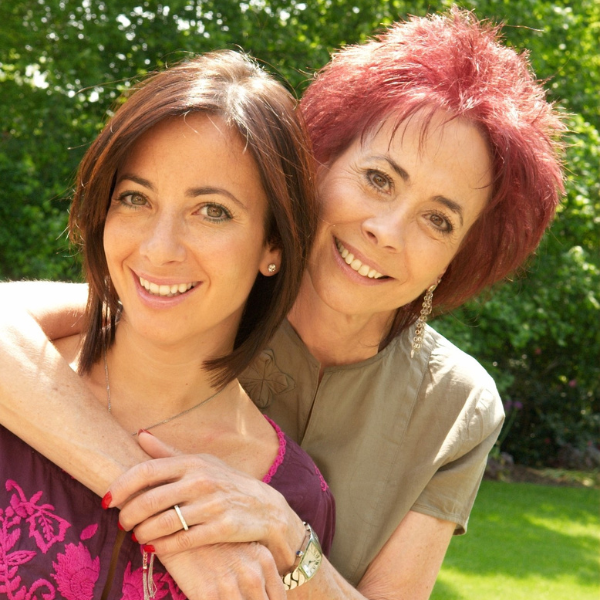
Support awareness research
Donate to those touched by BREAST cancer
Sylvie and Danielle began Future Dreams with just £100 in 2008. They believed nobody should face breast cancer alone. Their legacy lives on in Future Dreams House. We couldn’t continue to fund support services for those touched by breast cancer, raise awareness of breast cancer and promote early diagnosis and advance research into secondary breast cancer without your help. Please consider partnering with us or making a donation.
